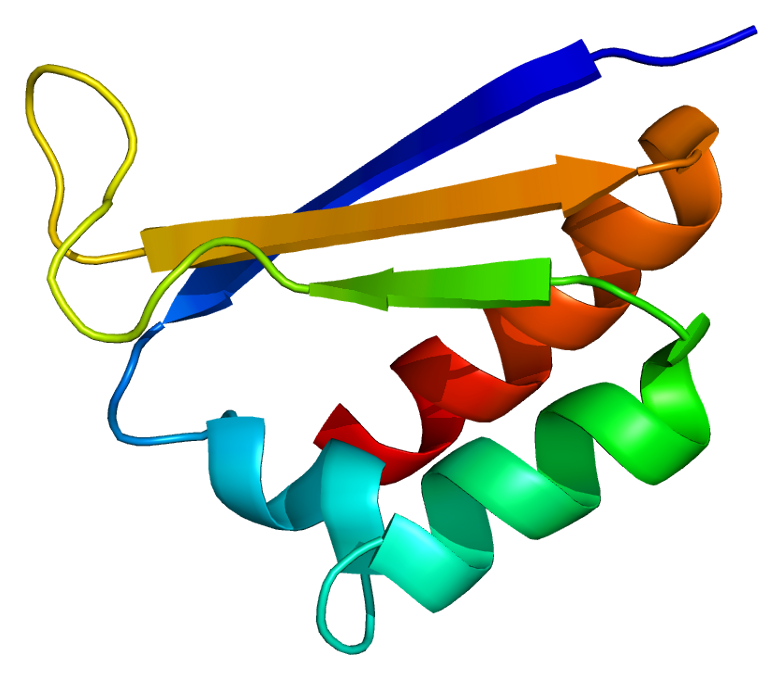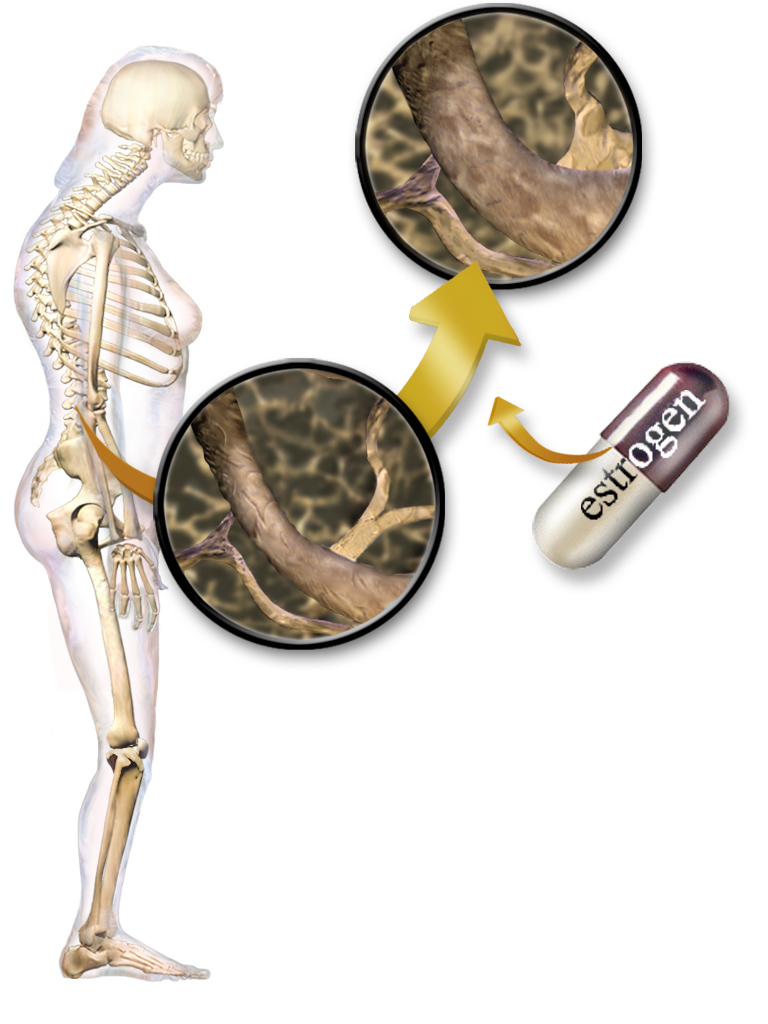International Diabetes Federation Recognizes Type 5 Diabetes Linked to Malnutrition

On April 9, 2025, the International Diabetes Federation (IDF) officially recognized Type 5 diabetes, a new classification associated with chronic undernutrition, particularly affecting adolescents and young adults in low-income regions. The announcement was made during the IDF Congress in Bangkok, where Dr. Meredith Hawkins, an endocrinologist at Albert Einstein College of Medicine and founding director of the Global Diabetes Institute, emphasized the significant underdiagnosis of this condition, stating, "Malnutrition-related diabetes has historically been vastly under-diagnosed and poorly understood."
Type 5 diabetes diverges from the more commonly discussed Type 2 diabetes, which is often linked to overnutrition. The IDF's 11th edition of the Diabetes Atlas indicates that nearly one in nine adults globally suffers from some form of diabetes, with an estimated 20 to 25 million lean adolescents and young adults in Asia and Africa diagnosed with Type 5 diabetes. The condition arises in environments where food scarcity prevails, challenging the prevailing narrative that associates diabetes solely with obesity.
Dr. Peter Schwarz, president of the IDF, articulated the importance of this new classification, stating, "This is about equity, science, and saving lives." The recognition of Type 5 diabetes is critical for directing healthcare resources towards populations that have previously been overlooked due to misclassification.
Historical studies, including animal research, have established that a low-protein diet during gestation or adolescence can hinder pancreatic growth and the formation of insulin-producing beta cells. Human epidemiological studies corroborate these findings, linking low birth weights and childhood malnutrition to impaired glucose regulation later in life. This connection underscores the role of community nutrition programs not only as anti-hunger measures but also as preventive strategies for diabetes.
Recent studies, including euglycemic clamp studies published in 2022, have shown that patients with Type 5 diabetes secrete significantly less insulin compared to others while maintaining normal or heightened insulin sensitivity. This metabolic profile contrasts sharply with that of Type 2 diabetes, wherein patients typically exhibit insulin resistance and higher levels of visceral fat. The absence of autoantibodies further distinguishes Type 5 from Type 1 diabetes, where immune-mediated destruction of beta cells is the hallmark.
Despite the new classification, there remains confusion in clinical treatment. Dr. Hawkins noted that younger practitioners, trained primarily on obesity-related diabetes, may misapply treatment protocols that can lead to severe hypoglycemia in Type 5 patients. A commentary in the Bangladesh Journal of Endocrinology highlighted the risks associated with misdiagnosis, warning that standard insulin regimens can have fatal consequences for Type 5 patients.
To address these challenges, the IDF has initiated the formation of a dedicated working group tasked with creating diagnostic criteria and treatment algorithms for Type 5 diabetes. Co-chaired by Dr. Hawkins and Dr. Nihal Thomas from Christian Medical College in Vellore, India, the panel aims to conduct multi-site trials to evaluate the efficacy of low-dose insulin and sulfonylureas in managing this condition.
The economic implications of misdiagnosing Type 5 diabetes are substantial. Analysts predict that shifting a portion of misclassified cases from expensive insulin treatments to more affordable oral medications could save tens of millions of dollars annually, funds that could be redirected towards maternal nutrition. Additionally, early identification of at-risk children through pancreas imaging could help prevent the escalation of glucose control problems.
As the IDF continues to advocate for policies supporting the recognition and treatment of Type 5 diabetes, the success of these initiatives will ultimately determine whether this new classification serves as a turning point in combating diabetes worldwide or becomes another overlooked aspect of the global health crisis. The ongoing research and advocacy efforts underscore the critical need for a comprehensive approach to nutrition and diabetes management in impoverished communities.
This groundbreaking study has been published in the journal Diabetes Care, marking a significant step forward in addressing the intersection of nutrition and diabetes.
Advertisement
Tags
Advertisement





